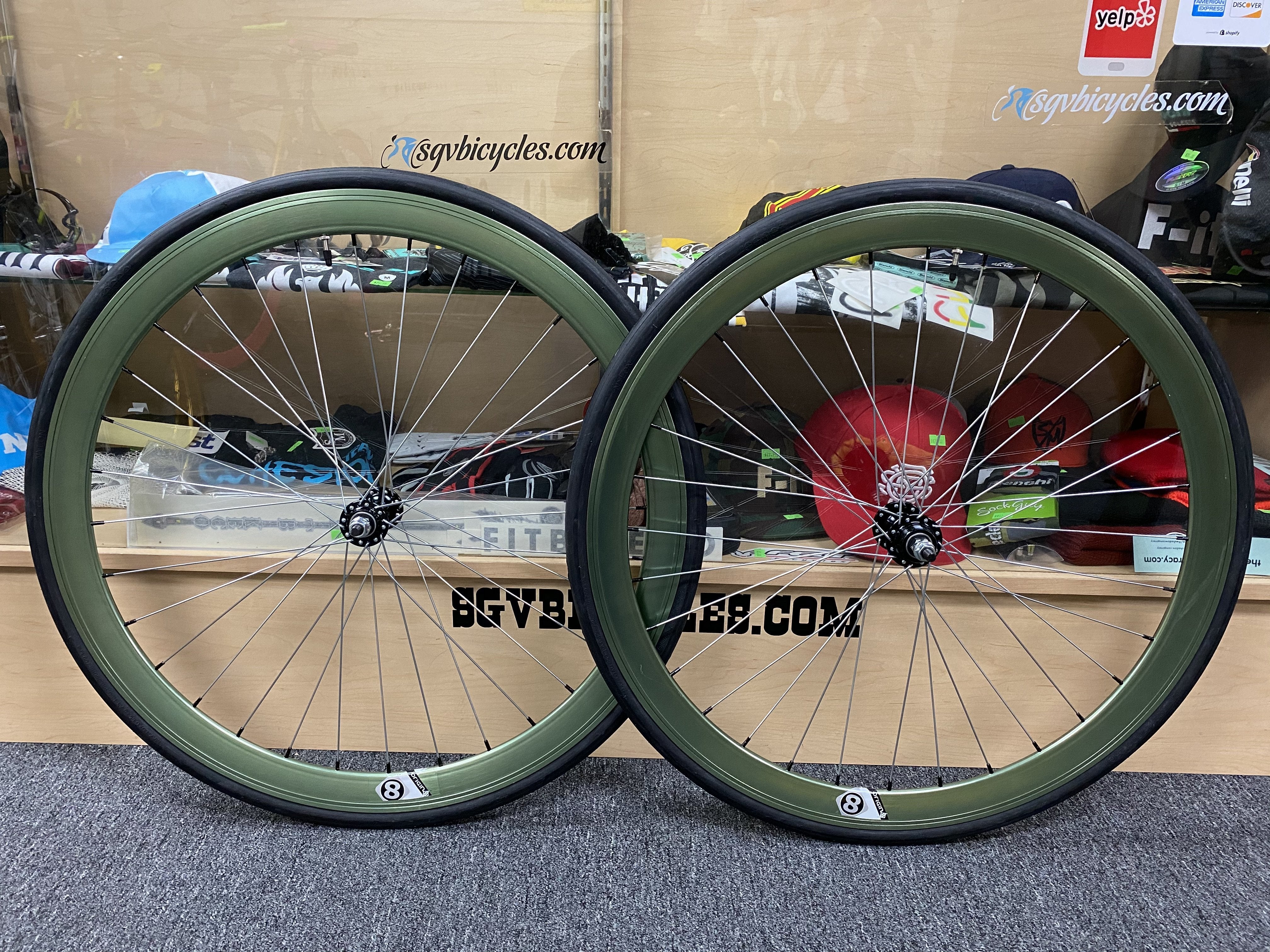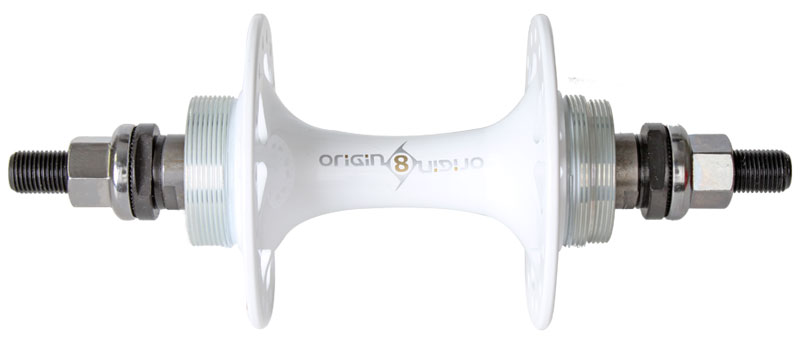
ORIGIN 8 FREEWHEEL INSTALL
Supplies of these are getting scanty, though it is possible to grind a worn sprocket so it will work with a new chain, or use a 3/32" track sprocket - the threading is the same, though you may have to grind down the flange or install the sprocket backward and use a spacer.Įarly Hyperglide hubs had both external and internal threads, so they would work with either style of cassette. You'll still need a threaded Uniglide sprocket for the top-gear position.
ORIGIN 8 FREEWHEEL UPGRADE
If you have a hub that only uses Uniglide cassettes, the best thing to do is to upgrade the hub by transplanting a Hyperglide body onto it.Īlternatively, you can fit Hyperglide sprockets onto a Uniglide body by grinding or filing off the one wide spline. Uniglide cassettes are no longer available. This is covered in our article on repair tricks. Turn the smallest sprocket counterclockwise with a chain whip, while holding the cluster from turning backwards with another chain whip.Ī neat trick: it is also possible in an emergency to remove the smallest Uniglide sprocket without any special tools.

To remove a Uniglide cassette, you use two chain whips, one to hold the cassette, the other to unscrew the smallest sprocket. (Formerly, you could get an 11-tooth threaded cog for Dura-Ace, but this has been discontinued.) Dura-Ace Freehubs used a different, smaller thread, which worked only with Dura-Ace threaded sprockets. The threads of this sprocket would hold everything else together. The smallest sprocket on a Uniglide cassette was not splined, it was threaded.

Sprockets smaller than 14 teeth used a built-in spacer, but the other splined sprockets were reversible, so that if you wore out one side, you could flip them over and the other side was just like new! Sprockets with a built-in spacer were available in 5- 6-speed or 7- 8-speed (narrower) versions. 5- and 6-speeds used 3.65 mm spacers, 7-speed generally 3.15 mm, 8-speed 3.0 mm. Spacer washers would fit between each pair of sprockets. The oldest Shimano cassette sprockets used a "twist-tooth" design, called "Uniglide." They had 9 identical splines (tabs) that would slide into matching grooves on the Freehub body. This tool is of vital importance for a bicycle tourist.Īfter replacing the cassette, the lockring should be tightened until it is snug, but not tightened with gorilla-like force - especially not if it may have to be removed on the road. To remove the lockring, you need to turn it counterclockwise, but then the cassette will freewheel, so you need a chain whip to hold the cassette.Ī special tool is available to remove and retighten the lockring on the road, using the bicycle's frame and chain to provide leverage. The lockring has a normal right-hand thread: turn clockwise to tighten it. Some lockring tools have a long handle, others, like the one in the photo below, have a hexagonal fitting like a nut, which can either be turned with a large wrench or clamped in a vise. There is a special splined tool that fits the notched hole in the lockring. Modern Hyperglide-type cassettes (everything made since the late 1980s) use a threaded lockring to hold the sprockets onto the splines of the Freehub body. This saves weight, but sprockets that come mounted on a spider cannot be interchanged except as a complete unit. Some of the high-end cassettes use a "spider", an intermediate metal casting, to hold 2 or more of the largest sprockets. These bolts or rivets are by no means necessary, they just make it easier to keep the sprockets and spacers in the correct order and position when they are removed from the ratchet body. Sprockets in many cassettes are held together by three small bolts or rivets for ease of installation.

The sprockets are commonly sold as a set, called a " cassette". There is no need to remove the ratchet mechanism. With a Freehub, on the other hand, once the sprockets are removed, the right hub flange is accessible for replacement of a broken spoke. Removing a freewheel is a chore, because pedaling tightens it onto the hub threads. When you wear out the sprockets on a Freehub, you replace the sprockets only, not the ratchet mechanism (which typically lasts much longer than the sprockets). The Freehub incorporates the ratchet mechanism into the hub body (although the ratchet mechanism is still replaceable).


 0 kommentar(er)
0 kommentar(er)
